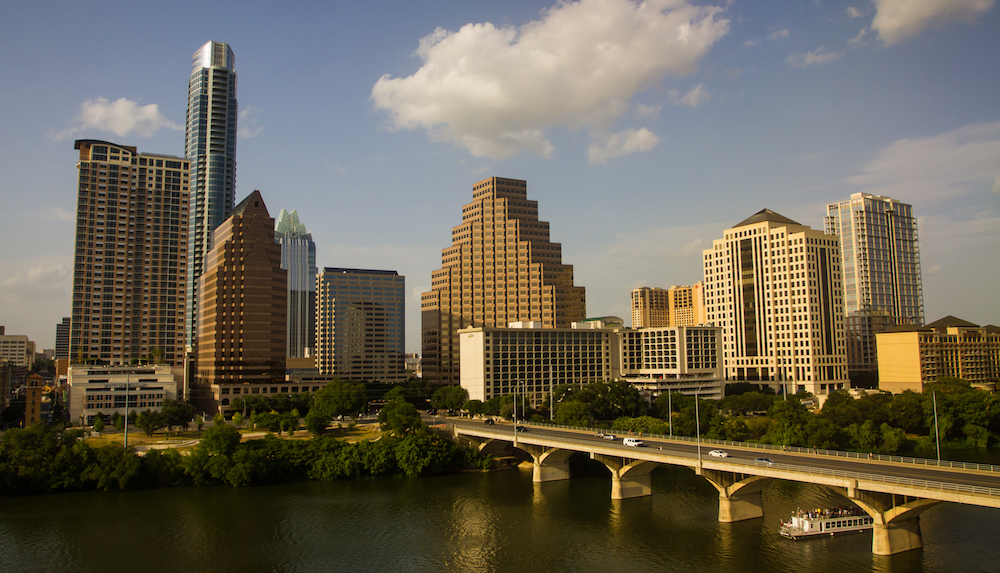Looks like another generation of Americans finds the suburban life appealing. Recently released Census Bureau estimates found that urban areas accounted for only 20% of the country’s population growth between July 2014 and July 2015. The mark is 1% lower than last year and 6.7% lower than in 2011.
According to Fortune, the older Millennials are now looking to buy their first houses, and suburban real estate is more affordable than urban properties.
Some of the trendier cities for younger adults, including New York City, Boston, and Austin, Texas, have experience slower growth. A few Rust Belt cities, including Chicago, Cleveland and Pittsburgh, lost more residents than they gained last year.
Some suburbs in the west and south experienced a significant population increase. Georgetown, Texas, a suburb of Austin, saw the biggest boom, rising 7.8% to 63,716. Other popular cities included Frisco (6.3 to 154,407), a city near Dallas; Dublin (5.5% to 57,721), which is just outside of the Bay Area; and Broomfield (5.2% to 65,065), located north of Denver.
Related Stories
Hotel Facilities | Jan 13, 2016
Hotel construction should remain strong through 2017
More than 100,000 rooms could be delivered this year alone.
Market Data | Jan 6, 2016
Census Bureau revises 10 years’ worth of construction spending figures
The largest revisions came in the last two years and were largely upward.
Market Data | Jan 5, 2016
Majority of AEC firms saw growth in 2015, remain optimistic for 2016: BD+C survey
By all indications, 2015 was another solid year for U.S. architecture, engineering, and construction firms.
Market Data | Jan 5, 2016
Nonresidential construction spending falters in November
Only 4 of 16 subsectors showed gains
Market Data | Dec 15, 2015
AIA: Architecture Billings Index hits another bump
Business conditions show continued strength in South and West regions.
Market Data | Dec 7, 2015
2016 forecast: Continued growth expected for the construction industry
ABC forecasts growth in nonresidential construction spending of 7.4% in 2016 along with growth in employment and backlog.













